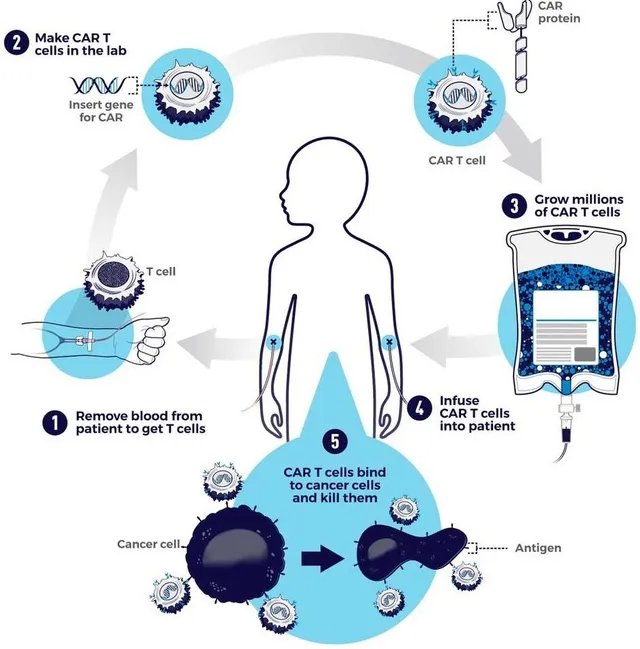
Kim-Marie D
- Research Program Mentor
PhD at California Institute of Technology (CalTech)
Expertise
structural biology - cryo-electron microscopy; immunology - adaptive immune system, antibodies; virology - HIV, SARS-CoV-2, influenza; protein engineering - vaccine design
Bio
Hello! My name is Kim and I earned my Ph.D. at Caltech. I conducted my thesis work in Professor Pamela Bjorkman's laboratory. I studied how antibodies interact with viral proteins on a structural level and used that information to engineer antibody-based therapeutics and inform vaccine design. I primarily worked on viruses like HIV-1 and SARS-CoV-2. What I loved about this work is that we visualized antibody-antigen interactions on a near-atomic level, allowing us to understand the structural architecture that enables each recognition event. I am currently a Scientific Program Lead at the Gladstone Institute with the Hoffmann lab, designing and characterizing novel approaches to vaccine design for influenza, SARS-CoV-2, HIV-1, and more! When I am not in the lab, I enjoy the company of my two adorable cats, Kiwi and Luna. I also spend time volunteering through the local humane society to facilitate cat adoptions. You might say, I am a bit of a cat lady. I also enjoy doing yoga, reading a good book at the beach, and dreaming of new places to travel to!Project ideas
Build a viral protein—from the atoms up!
The world of structural biology is focused on understanding the location of atoms or molecules in the context of proteins, protein complexes, and other molecules. For this project, using open-source software programs, you will choose a viral protein or viral protein complex that has already been deposited in the Protein Data Bank database and re-build the molecular model by designating the placement of amino acids into the data provided. You will then analyze the structure of the protein and identify how the structure affects its function.
Antibody avidity—two arms are better than one!
Antibodies are immune proteins that identify and neutralize foreign pathogens. An antibody’s structure is Y-shaped and the tip of each antibody arm interacts with a specific part of the pathogen, called an antigen. For viruses, antigens on the viral surface are close together allowing antibodies to bind the antigen with both arms. The ability for antibodies to bind an antigen with both arms instead of just one arm leads to synergistic effects that enable tighter binding. This effect is called avidity. HIV has evolved such that antigens on the surface of the virus are sparse and spread far apart, thus only allowing antibodies to bind with a single arm. For this project, you will model avidity using your own arms! You will design an experiment to test how long you are able to hang on monkey bars at the playground using one arm versus two arms. With this model in mind, you will determine the role of avidity in virus neutralization by antibodies and hypothesize why HIV has evolved to spread its surface antigens far apart.

